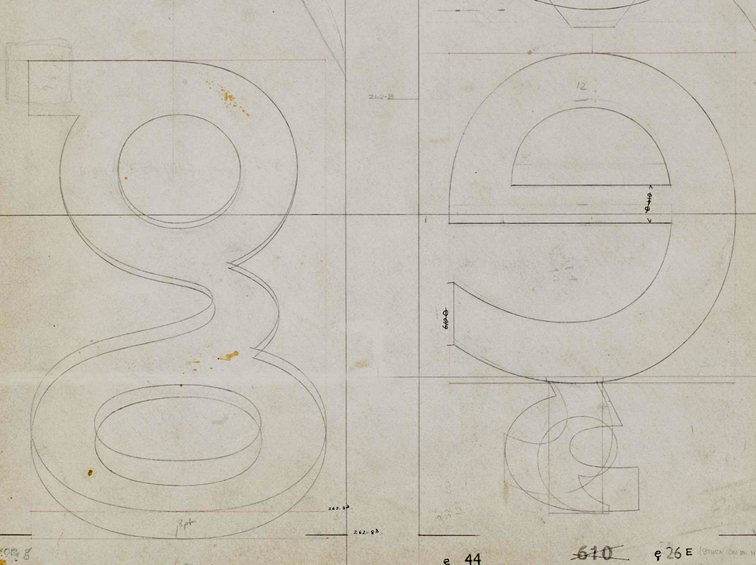Available from the St Bride shop, Non-Latin scripts: from metal to digital type reproduces previously unpublished items for the Department’s Non-Latin Type Collection. Collection curator Fiona Rosscontributes a major essay on the type design process for non-Latin scripts and describes the exhibits, Graham Shaw discusses the relationship between these scripts and print technology, and John D. Berry’s afterword discusses the need for global resources in typography. An introduction by Paul Luna draws attention to the research possibilities of the Reading collection.

The publication records the ground-breaking exhibition this autumn at ATypI Hong Kong, hosted at the Hong Kong Polytechnic University Library, which displayed over 150 items from the collection, many of which are illustrated in the book. Exhibition co-curators Ross and Vaibhav Singh selected documents and artefacts to tell the story of type production across technologies in Amharic, Arabic, Bengali, Burmese, Devanagari, Gurmukhi, Kannada, Malayalam, Oriya, Sinhala, Tamil, Telugu, and Thai. A supporting display of newspapers in these scripts showed many of the fonts in use.
The 3-week long exhibition was launched by a keynote presentation by Paul Luna, who discussed the research possibilities of the Reading collection and laid stress on the need for the more immaterial evidence of contemporary font production to be preserved in the same way as physical evidence from the past, the survival of which helps us understand the processes involved and provides an evidence base for current font design. With an audience drawn from China and the East Asia region, India, Europe and the Americas, this was global exposure for one of Reading’s key research collections, with appreciation being expressed both at the conference and subsequently on social media.
For more images from the book and the exhibition, follow this link.








